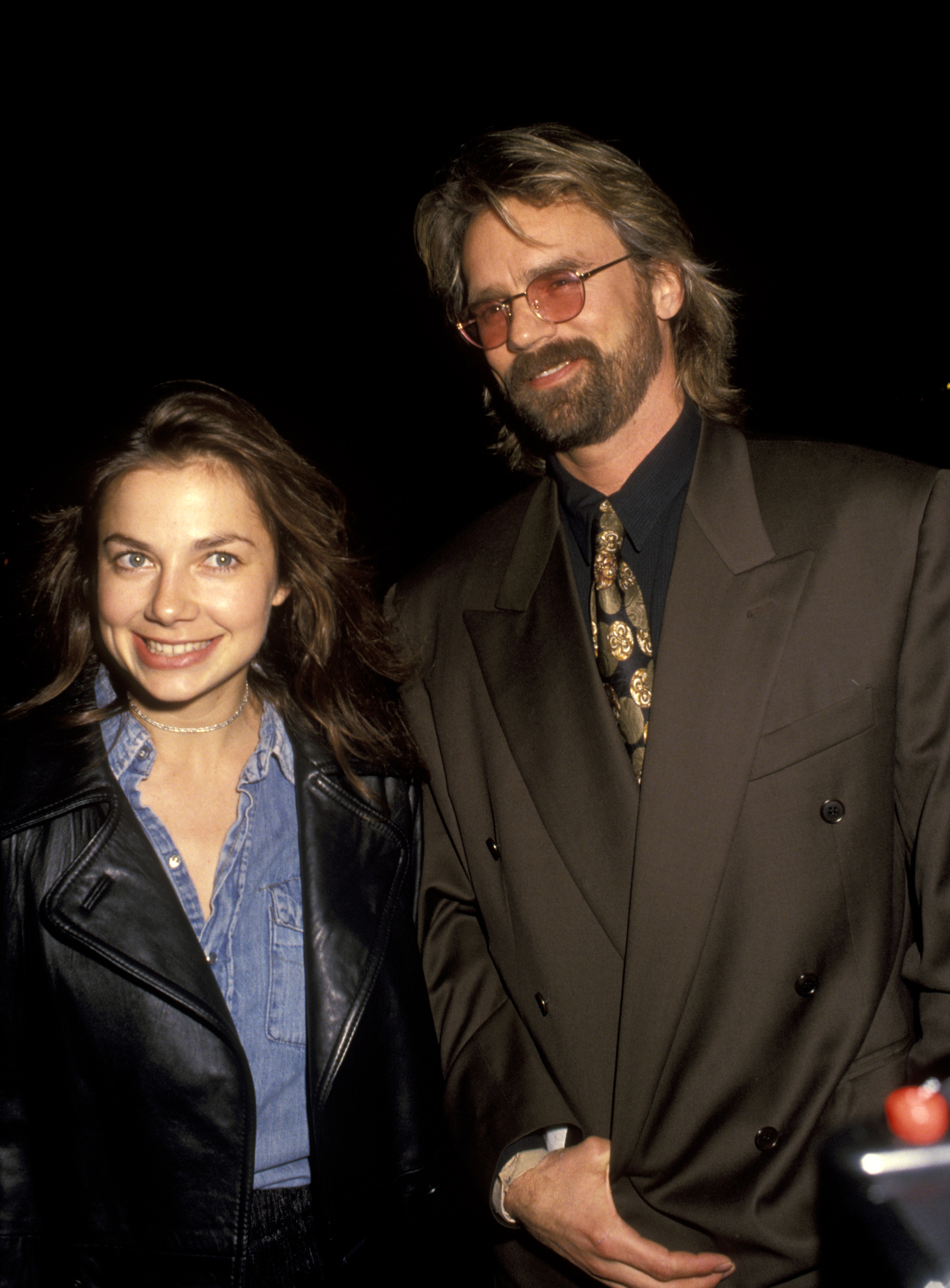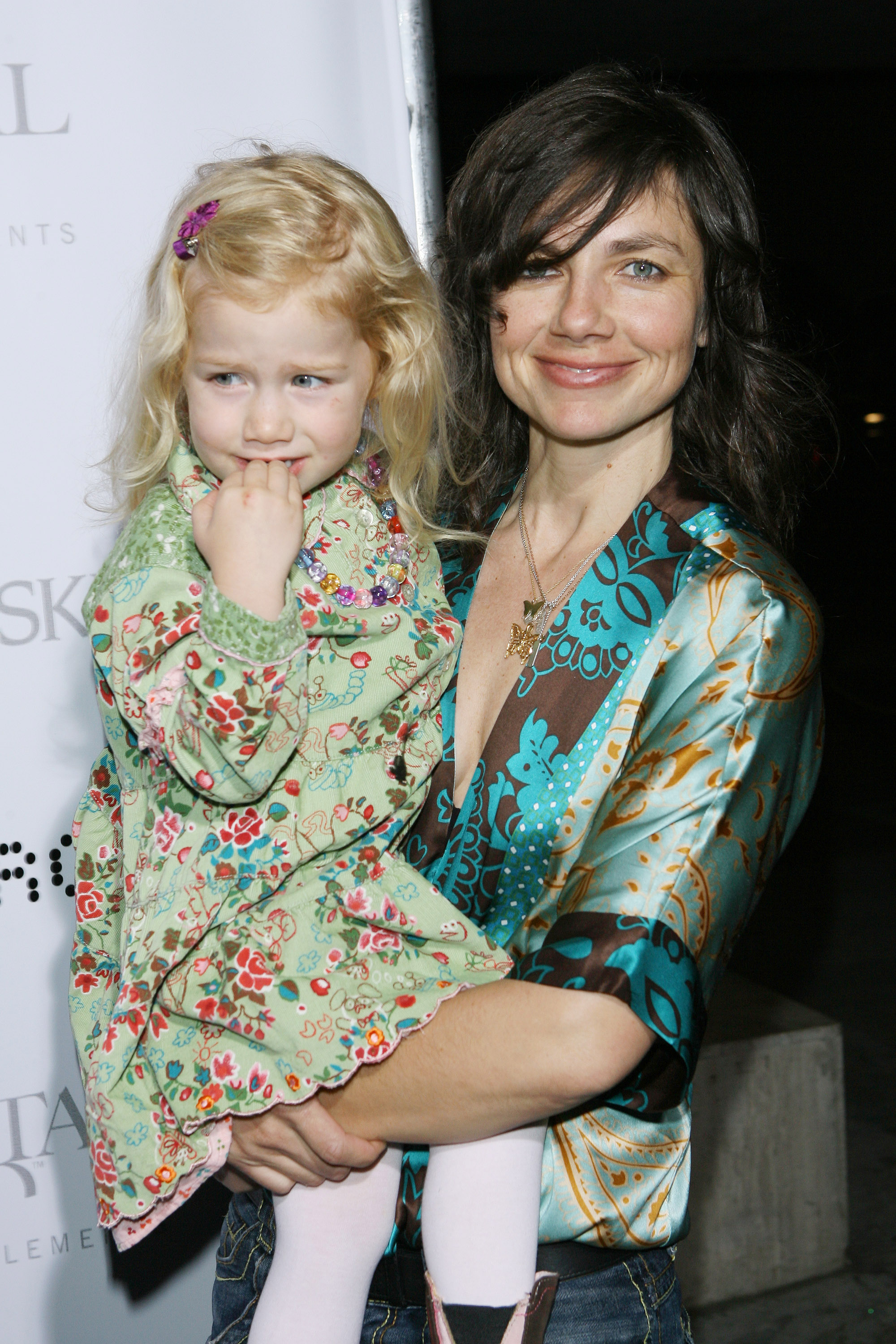Hey there, folks! So, you've probably heard about the term "mark fluent" floating around in conversations or online. But what exactly does it mean? Simply put, mark fluent is all about mastering the art of communication and understanding human behavior. It's like having a superpower that lets you connect with people on a deeper level. Whether you're trying to ace a job interview, seal a business deal, or just make friends, being mark fluent can make all the difference. So, let's dive into this fascinating world and uncover the secrets behind becoming truly fluent in the language of people.
Now, you might be wondering why mark fluent is such a big deal. Well, in today's fast-paced world, communication skills are more important than ever. Whether you're working in a corporate office, running your own business, or even just navigating everyday life, the ability to communicate effectively can open doors that you never thought possible. Being mark fluent means you can read between the lines, understand body language, and adapt your communication style to fit any situation. It's like having a secret weapon in your arsenal.
But here's the thing – becoming mark fluent isn't just about learning a few tricks or techniques. It's about developing a deep understanding of human psychology and behavior. It's about being able to empathize with others, build trust, and create meaningful connections. And trust me, once you start honing these skills, you'll notice a significant improvement in all areas of your life. So, let's get started and explore the ins and outs of mark fluent together.
What Exactly is Mark Fluent?
Alright, let's break it down. Mark fluent refers to the ability to communicate effectively and understand the nuances of human interaction. It's not just about speaking clearly or having a wide vocabulary; it's about being able to connect with people on an emotional level. Think of it as a combination of verbal and non-verbal communication skills, combined with a deep understanding of psychology and social dynamics.
When you're mark fluent, you can adapt your communication style to suit different audiences. You know how to read body language, pick up on subtle cues, and respond appropriately. You can navigate complex social situations with ease and confidence. And most importantly, you can build trust and rapport with others, which is essential for success in both personal and professional relationships.
Why is Mark Fluent Important?
In today's world, communication skills are more important than ever. Whether you're working in a team, dealing with clients, or even just having a casual conversation, being able to communicate effectively can make all the difference. Here are a few reasons why mark fluent is so crucial:
- Fact Check Are Noodles Killing Children Safety Tips Inside
- Alert Ramen Noodles Listeria 2024 What You Must Know Now
- Improved Relationships: Being mark fluent allows you to build stronger, more meaningful relationships with others. You can understand their needs and respond accordingly, which fosters trust and mutual respect.
- Increased Success: In both personal and professional settings, effective communication can lead to greater success. Whether you're negotiating a deal or giving a presentation, being mark fluent can help you achieve your goals.
- Better Problem-Solving: When you're mark fluent, you can approach problems with a clear mind and find solutions that work for everyone involved. You can navigate conflicts and disagreements with ease, leading to more productive outcomes.
The Key Elements of Mark Fluent
1. Verbal Communication
Verbal communication is all about how you use words to convey your message. It's not just about what you say, but how you say it. Tone, pitch, and pace all play a role in effective verbal communication. Being mark fluent means you can adjust your style to suit different audiences and situations. For example, you might use a more formal tone in a business meeting and a more casual tone when hanging out with friends.
2. Non-Verbal Communication
Non-verbal communication includes things like body language, facial expressions, and gestures. Believe it or not, a lot of communication happens without words. Being mark fluent means you can read and interpret these non-verbal cues, as well as use them to your advantage. For example, maintaining eye contact and using open body language can make you appear more approachable and trustworthy.
3. Active Listening
Active listening is a crucial component of mark fluent. It's not just about hearing what someone is saying; it's about truly understanding their message and responding appropriately. When you practice active listening, you show others that you value their thoughts and opinions, which helps build trust and rapport.
How to Become Mark Fluent
Becoming mark fluent doesn't happen overnight. It takes time, effort, and practice. But with the right mindset and strategies, you can develop these skills and start seeing results. Here are a few tips to help you on your journey:
- Practice Empathy: Try to put yourself in other people's shoes and understand their perspective. This will help you connect with them on a deeper level.
- Improve Your Vocabulary: Expanding your vocabulary can help you express yourself more clearly and effectively. Read books, watch movies, and engage in conversations to broaden your linguistic horizons.
- Study Body Language: Pay attention to how people use their bodies to communicate. You can learn a lot about someone just by observing their posture, gestures, and facial expressions.
Mark Fluent in Action: Real-Life Examples
Let's take a look at some real-life examples of mark fluent in action. Think about successful business leaders, politicians, or even celebrities. They all have one thing in common – they know how to communicate effectively. They understand the power of words and how to use them to influence others.
For instance, take a look at Steve Jobs. He was a master communicator who knew how to captivate an audience. His famous keynote speeches were a perfect example of mark fluent in action. He used a combination of verbal and non-verbal communication to convey his message and inspire others.
Overcoming Barriers to Mark Fluent
Of course, becoming mark fluent isn't without its challenges. There are several barriers that can hinder your progress, such as cultural differences, language barriers, and personal insecurities. However, with the right mindset and strategies, you can overcome these obstacles and continue developing your skills.
1. Cultural Differences
Cultural differences can sometimes make communication tricky. What might be considered polite in one culture could be seen as rude in another. Being mark fluent means being aware of these differences and adapting your communication style accordingly.
2. Language Barriers
Language barriers can also pose a challenge, especially in a globalized world. However, there are ways to overcome this, such as using visual aids, gestures, or even learning a few key phrases in another language.
3. Personal Insecurities
Finally, personal insecurities can sometimes hold people back from becoming truly mark fluent. If you're afraid of speaking up or expressing your opinions, you might miss out on valuable opportunities to connect with others. The key is to build confidence and trust in your abilities.
Tools and Resources for Developing Mark Fluent Skills
There are plenty of tools and resources available to help you develop your mark fluent skills. From books and online courses to workshops and coaching, there's something for everyone. Here are a few recommendations to get you started:
- Books: "Crucial Conversations" by Kerry Patterson, "How to Win Friends and Influence People" by Dale Carnegie
- Online Courses: Coursera, Udemy, LinkedIn Learning
- Workshops: Look for local communication workshops or join Toastmasters to practice public speaking
Conclusion: Embrace the Power of Mark Fluent
So, there you have it – the ultimate guide to becoming mark fluent. By mastering the art of communication and understanding human behavior, you can unlock endless possibilities in both your personal and professional life. Remember, becoming mark fluent takes time and effort, but with the right mindset and strategies, you can achieve greatness.
Now, it's your turn to take action. Start practicing the tips and techniques we've discussed, and don't be afraid to step out of your comfort zone. The more you practice, the better you'll become. And who knows – you might just discover a whole new world of opportunities waiting for you.
So, what are you waiting for? Go out there and embrace the power of mark fluent. Trust me, you won't regret it!
Table of Contents


